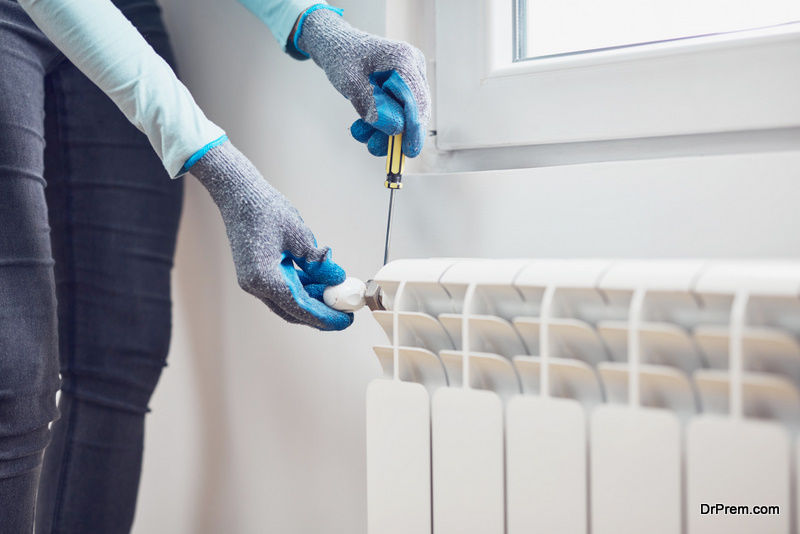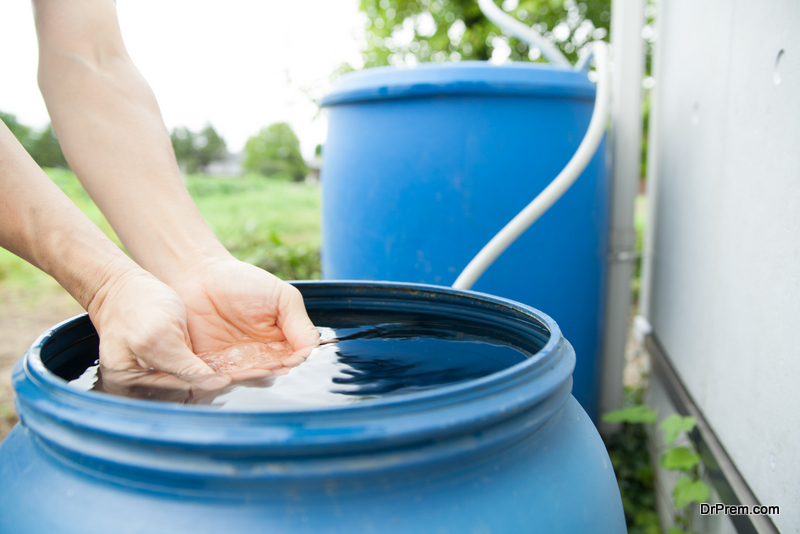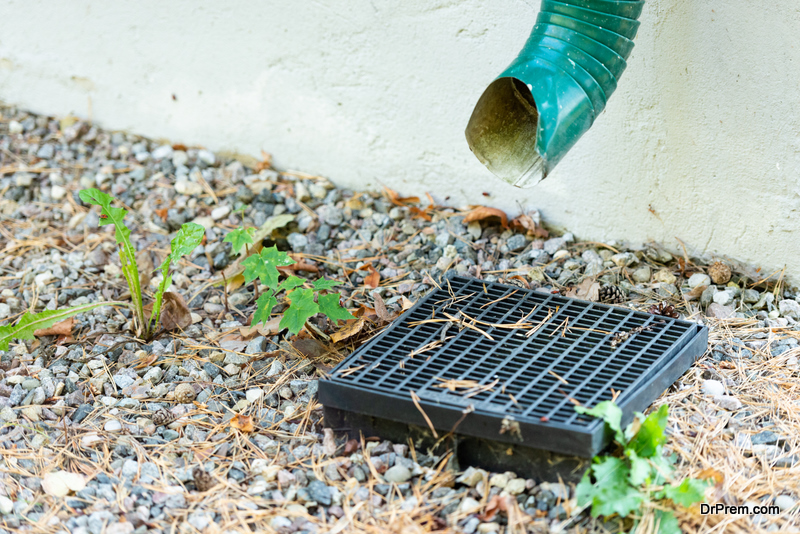Each year as winter approaches it is prudent to check some things around your house to make sure your house is ready for winter. Once winter has set in if you discover any of these issues then it will be too late, or at least very difficult to rectify.
In the case of preparing your house for winter, preparation is much better than the cure.
1. Heating System Test

Regardless of what type of heating system you have, make sure you give it a test a month before winter is expected to settle in.
If you have an electric heater then take the opportunity to turn it on and make sure it can get a room to the desired temperature and keep it there. If you are able, it is wise to check the air filters on all heating systems and make sure the filters are as clean as possible.
If you have a combustion wood heater, then take the opportunity to start it one day to ensure that smoke is still traveling out of the chimney as planned and not bursting out of the chimney or out of the fire itself into your house.
2. Roof Integrity
Once you have confirmed your heating system is working as expected it’s time to turn your attention to your roof. There are a variety of aspects of your roof that you should pay attention to prior to the winter. Firstly ensure the gutters are cleaned so that any water that hits your roof (whether that be rain or melting snow) can be diverted accordingly.
Check your roof for any rusted sheets of iron, broken roof tiles, or holes in tar/bitumen sheeting – depending on the type of roof you have.
If you detect an issue with your roof but aren’t sure how to fix it then call a qualified roofing contractor, such as Magnum Construction, to come and make an assessment of your roof and provide recommendations on the appropriate fix.
3. Rainwater Tanks Cleaned

Once you are satisfied with the condition of your roof it is worthwhile getting your rainwater tanks cleaned so that all the water you catch over winter will stay in its pristine clean state. If you have a considerable amount of sludge in your rainwater tank this could tarnish your water quality and make it undrinkable.
Depending on the type of tank you have you may be able to empty the tank yourself and then hop inside the tank with a hose and clean the walls and the tank floor, but you may also need to call a tank cleaning specialist to bring a specialized machine to empty the sludge if you are not able to.
4. Window Seals
Many people are surprised to learn how much warmth escapes through windows that aren’t correctly sealed. When you are utilizing a lot of energy to get and keep your house warm, you want to make sure that you are not inefficiently losing that heat.
Many houses, especially older houses, have window sills that have degraded over time, become loose, and as a result, they let considerable amounts of heat out.
Depending on the type of windows you have, you can buy window sealing tape that you can stick around at the edges of your window to block the air from escaping. But if the window is old, and made of wood, then you may require a carpenter or handyman to come and recondition the frame itself.
The simple act of adding window seal tape can increase heat retention by more than 20% in some cases so it is worth checking your windows and assessing how well they seal the heat in.
5. Diverting Water

Look around your property and assess whether the ebbs and flows of the landscaping are designed in a way to divert water in the most appropriate direction if you are inundated with rain.
Poor landscaping can lead water to flow toward the house and cause flooding, instead of away from the house.
If it is your first winter in a new home then this is particularly important to do. if you do notice an aspect of your landscaping that needs improvement many DIY solutions can be implemented with minimal cost and effort. Particularly, digging and placing gravel into drains that carry water in a more suitable direction.
6. Firewood
If you utilize a combustion heater to heat your home, ensure you have stocked up on firewood.
It will most likely be possible to order loads of firewood or go pick some up, but the prices are likely to be higher during winter, and the wood may not be as dry meaning it will not burn as well, or stay alight as well as it would if it was dryer.
Final Thoughts
Winter is a time to buckle down and enjoy protection from the elements, but you won’t be able to do that unless you take prepare accordingly. A little bit of planning in the fine weather goes a long way in the cold weather.
Article Submitted By Community Writer




